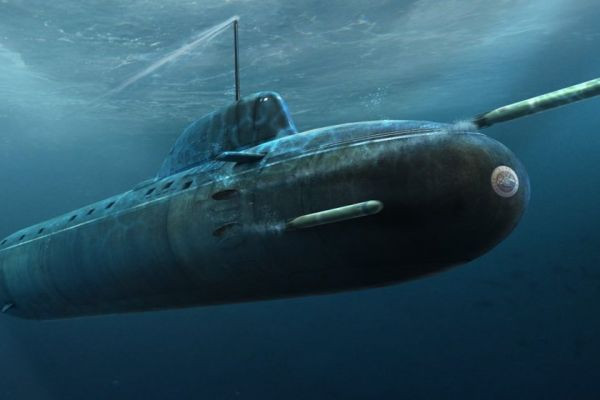A large American aeronautical mobilization has been taking place for several hours as the Russian 22350 class frigate Admiral Gorshkov with hypersonic missiles Zircon and the nuclear-powered submarine Yasen-M, Kazan, were found 30 and 80 nautical miles respectively off the coast of Florida in an unprecedented show of force in the "backyard" of the US.
KC-135 Stratotankers and two P-8 Poseidon aircraft were flying in the area, searching for the Russian nuclear-powered submarine.
A total of five warships, two American Arleigh Burke-class destroyers, one Canadian and one French, were deployed around the Russian flotilla.
According to Russian media, while the Admiral Gorshkov frigate arrived in Cuba after its visit to the coast of Florida, the same did not happen with the Yasen-M-class nuclear-powered submarine, Kazan K-560.
According to available data, US naval forces searched for the Russian submarine intensively yesterday, June 10.
Finally the Kazan K-560 was spotted just today about 80 nm off the coast of Florida. Some sources talk about the emergence of the submarine.
The U.S. alarm was due to the fact that Russian vessels had activated all sensors and their weapons were in firing positions.
This is extremely rare and shows Russia's willingness to escalate.
Yasen-M can attack coastal targets such as naval bases and ports.
To strike enemy ships, Yasen-class submarines carry Oniks missiles (3M55) with a range of 320 nautical miles (or 592.64 kilometers).
In contrast, in the role of ground attack, submarines carry Kalibr missiles (3M14K) with a range of 1,600 nautical miles (2963.2 kilometers).
The upgraded Yasen-M-class submarine can also launch 3M22 Zircon hypersonic missiles against ships and land targets, which are said to have a range of 1000 kilometers and speeds of Mach 8.
Cuba is 250 km from the US with the range of Russian weapons being many times greater. The Russians had previously locked down an area of 600 km in the Atlantic Ocean.









